Fine Art vs. Illustration: Unveiling the Key Differences

Source: Perodog, Deviantart, https://www.deviantart.com/perodog/art/Ocarina-in-twilight-809735217
In the diverse spectrum of visual arts, fine art and illustration often emerge as distinct categories, each possessing unique characteristics and serving different purposes. While both forms of art share the fundamental goal of creating visual expressions, they cater to varied audiences and objectives. Fine art is primarily associated with artistic freedom and personal expression, intended to evoke thought and emotion among its viewers. It exists largely in the realms of galleries and museums, celebrated for its aesthetic and intellectual qualities.
On the other hand, illustration is predominantly functional, designed to clarify, complement, or visually represent ideas, often found in books, advertisements, and digital media. This differentiation not only highlights the artists' intent but also influences how audiences perceive and interact with the artworks. As we delve deeper into the nuances of fine art and illustration, we uncover the essential roles they play in both cultural discourse and practical applications, illuminating their profound impact on visual culture.
Definition and Scope
Understanding the definition and scope of fine art and illustration is crucial in appreciating their distinct roles within the visual arts. Fine art is generally defined as creative work produced primarily for its aesthetic value and intellectual content. It encompasses mediums such as painting, sculpture, drawing, and installation, with no requirement to serve a practical or narrative function. Fine art is often created for personal or cultural expression and is commonly displayed in galleries, museums, and private collections.
In contrast, illustration is a visual interpretation or explanation of a concept, idea, or text. It is typically created with a specific function in mind, such as enhancing stories in books, clarifying instructions in manuals, or visually supporting advertising messages. Illustration can be found across various platforms, from children’s literature and editorial pieces to commercial packaging and digital design.
While both fine art and illustration utilize artistic skill and visual techniques, their contexts and intentions often set them apart. Fine art operates more independently from outside directives, whereas illustration is usually produced for a client, brand, or publication. These differences shape how artists approach their work and how the resulting pieces are received by their audiences, highlighting the importance of clearly defining their unique scopes.
Purpose and Intent
The purpose and intent behind fine art and illustration reveal the foundational differences that guide each discipline. Fine art is driven by the artist’s desire to explore ideas, emotions, and aesthetics without necessarily conforming to an external brief or functional requirement. The goal is to provoke thought, evoke emotion, or inspire contemplation, often rooted in personal expression or broader social commentary. In this way, fine art is open-ended, encouraging diverse interpretations and emotional reactions from its viewers.
Illustration, on the other hand, is primarily goal-oriented. Its main purpose is to communicate, clarify, or enhance a message. Whether supporting a written narrative, advertising a product, or simplifying a complex idea, illustration is created with a clear communicative intent. The illustrator often works closely with clients or editors to ensure the final piece aligns with specific objectives and reaches the intended audience effectively.
This difference in intent impacts the creative process significantly. Fine artists have greater freedom to experiment with style, concept, and medium, while illustrators must consider readability, audience engagement, and practical constraints. Though both forms of art require creativity and technical skill, their respective purposes—self-expression versus communication—highlight a core distinction between fine art and illustration that influences every stage of the creative journey.
Audience Engagement
The way audiences engage with fine art and illustration differs significantly due to their purpose and presentation. Fine art often invites a contemplative and interpretive experience. Viewers are encouraged to form personal connections with the artwork, drawing meaning from its symbolism, technique, or emotion. Engagement is often open-ended, with no single "correct" interpretation. In galleries or museums, fine art provides a space for reflection, evoking intellectual or emotional responses that are shaped by individual perspectives and life experiences.
In contrast, illustration aims for direct and purposeful engagement. Whether it’s a book cover, editorial image, infographic, or digital ad, an illustration is crafted to immediately capture attention and convey a clear message. Illustrators design with specific audiences in mind—children, consumers, or readers—and create visuals that guide interpretation rather than leave it entirely open. This focused communication is especially important in educational, commercial, or narrative-driven contexts, where clarity is key.
While both forms can evoke emotion and appreciation, the level of audience interpretation differs. Fine art encourages depth, mystery, and introspection, whereas illustration prioritizes accessibility and clarity. Understanding these differences in engagement reveals how the same visual tools—line, color, form—are applied differently based on artistic intent. Ultimately, both fine art and illustration hold powerful ways of connecting with people, but they do so through distinctly tailored audience experiences.

Source: ArtNM13, Deviantart, https://www.deviantart.com/artnm13/art/Bumblebee-rider-868406200
Commercial Application
The commercial applications of fine art and illustration reflect their core purposes and how they function in professional contexts. Fine art, while sometimes sold in galleries or auctioned as high-value collectibles, is generally not created for a commercial product or mass distribution. Its value lies in its originality, emotional impact, and cultural relevance. Artists may sell their work or receive grants and commissions, but the creation itself is usually driven by personal vision rather than market demand.
Illustration, by contrast, is fundamentally commercial in nature. It is often commissioned to support branding, marketing, storytelling, or educational objectives. Illustrators work in a variety of industries, including publishing, advertising, fashion, animation, and digital media. Their work must meet specific goals—whether it’s to sell a product, enhance a user experience, or bring a story to life. The commercial nature of illustration often means adhering to deadlines, brand guidelines, and collaborative feedback.
This distinction influences the workflow and mindset of the artist. Fine artists may have more freedom to experiment and challenge norms, while illustrators focus on clarity, appeal, and client satisfaction. Though both fields allow for creative expression, illustration is typically created with utility in mind. Recognizing these commercial differences helps clarify the roles each discipline plays within the broader creative industry, highlighting how both fine art and illustration contribute to culture in uniquely valuable ways.
Originality and Creativity
Originality and creativity are essential components in both fine art and illustration, but they manifest in notably different ways. Fine art thrives on individual expression and innovation. Artists are often encouraged to explore uncharted territory, break traditional boundaries, and develop unique styles that reflect personal perspectives or societal commentary. Originality in fine art is deeply tied to authenticity and the artist’s ability to convey profound or abstract ideas in new and compelling ways.
In contrast, illustration also demands creativity but typically within structured boundaries. Illustrators must find inventive ways to communicate ideas clearly, align with a client’s vision, or visually support a narrative. Originality in illustration is often tied to how effectively an illustrator can balance visual appeal with purpose—bringing a fresh approach to a familiar concept without losing clarity or coherence.
While both fields rely on imaginative thinking, fine art leans more toward experimentation without restrictions, whereas illustration must meet functional and communicative goals. An illustrator’s creativity may be guided by the need to conform to brand identities, stylistic guidelines, or editorial requirements, whereas a fine artist can forge a more introspective and unrestricted path.
Functional Constraints
Functional constraints shape the creative process in both fine art and illustration, though their impact is significantly more defined in illustration. Fine art is often free of practical limitations. Artists are guided by personal vision, conceptual intent, and emotional depth. There are no external briefs or audience expectations to fulfill, which allows for a broader exploration of form, style, and subject matter. Whether working on canvas, sculpture, or experimental installations, fine artists prioritize expression over utility.
In contrast, illustration is driven by purpose and function. Illustrators typically work under clearly defined parameters, such as project objectives, client guidelines, timelines, and target audience requirements. These constraints influence every stage of the illustration process—from composition and color choices to overall style. For example, an illustration for a children’s book must consider age-appropriateness, narrative clarity, and readability. Similarly, an editorial illustration must visually support the article's content while maintaining the publication’s visual tone.
Despite these limitations, illustrators are highly creative problem solvers. They develop innovative solutions within strict boundaries, ensuring the visual work communicates clearly while remaining visually appealing. These constraints, rather than stifling creativity, often fuel it—encouraging focused and intentional design decisions.
Medium and Techniques
The choice of medium and technique plays a vital role in distinguishing fine art from illustration, as each form adapts tools and methods to suit its intent and context. Fine art encompasses a broad range of traditional and experimental media—oil paints, charcoal, ink, clay, and mixed media, among others. These materials are chosen for their expressive qualities, texture, and ability to evoke emotion or provoke thought. Fine artists often invest time in developing distinctive styles, using their medium as a means of pushing boundaries and expressing individual vision.
Illustration, while equally rich in technique, often prioritizes media that lend themselves well to reproduction and clarity. Common tools include digital software like Adobe Illustrator and Photoshop, as well as ink, markers, watercolor, and vector-based formats. The goal is to produce clean, communicative visuals that can be easily integrated into print or digital media. Because of this, illustrators frequently work in ways that accommodate commercial needs, such as scalability, color consistency, and resolution.
Additionally, the workflow differs between the two disciplines. Fine art may evolve over time, with layers of change and reinterpretation. In contrast, illustration often requires quicker turnarounds and must meet specific technical standards, especially in collaborative or client-driven environments.

Source: Perodog, Deviantart, https://www.deviantart.com/perodog/art/The-sea-under-the-umbrella-863592856
Functional Constraints
Functional constraints play a significant role in shaping the work produced in fine art and illustration, particularly in terms of freedom and purpose. Fine art is typically created without external restrictions, allowing artists to follow personal inspiration and emotional impulses. There is no predetermined function or client directive, which means fine artists have the liberty to explore unconventional themes, techniques, and formats. This open-ended nature supports a high level of artistic experimentation and conceptual depth.
Illustration, on the other hand, is defined by function. It is created to serve a specific purpose, whether it’s to explain, enhance, or promote. As such, illustrators often work within strict guidelines regarding format, content, deadline, and audience expectations. These constraints can include color palettes, layout dimensions, text integration, and brand consistency. While illustrators still exercise creativity, their artistic decisions are shaped by the requirements of the project or client.
These functional limitations do not diminish the value of illustration; rather, they highlight a different form of artistic discipline. Illustrators must find ways to innovate and maintain visual interest while adhering to constraints. The challenge is to deliver effective communication through aesthetically compelling visuals.
Educational Pathways
The educational pathways for fine art and illustration often reflect the distinct purposes and skills required in each discipline. Fine art programs typically emphasize conceptual development, art history, and traditional studio techniques. Students are encouraged to explore personal vision, experiment across mediums, and develop a strong foundation in drawing, painting, and sculpture. Curriculum in fine art education leans heavily on critique, theory, and the cultivation of individual expression, preparing students for careers rooted in independent or gallery-based practice.
In contrast, illustration programs are more application-driven, focusing on communication, storytelling, and commercial relevance. Coursework often includes character design, digital illustration, typography, and visual narrative development. Students gain hands-on experience with industry-standard software and are trained to meet real-world expectations, such as working with clients or designing for editorial and advertising formats. Emphasis is placed on style versatility, visual clarity, and professional workflow.
While there is some overlap—especially in foundational drawing and composition—each path gears students toward specific career outcomes. Fine art students often graduate with a portfolio suited for exhibition and personal artistic endeavors, whereas illustration students compile a body of work targeted toward agencies, publishers, or corporate clients.
Professional Outcomes
The professional outcomes for individuals in fine art and illustration differ significantly based on their industry roles and career environments. Fine artists often pursue independent careers, creating original work for galleries, museums, and private collectors. Many exhibit through art shows, apply for artist residencies, or receive commissions for public installations. While the fine art path can be unpredictable, it offers creative freedom and the possibility of long-term recognition in the art world. Some fine artists also work in academia, teaching studio art or theory in universities and art schools.
In contrast, illustrators frequently enter more structured commercial fields. They work in publishing, advertising, animation, product design, and digital media. Depending on their specialization, illustrators may find roles as children’s book illustrators, editorial artists, concept designers, or marketing illustrators. Many illustrators also work freelance, taking on client-based projects with specific visual requirements and deadlines. The need for clear communication and market appeal makes their work highly collaborative and often team-oriented.
Both paths require strong portfolios, but their content differs—fine artists focus on cohesive bodies of expressive work, while illustrators showcase versatility and practical application. Career success in either field depends on artistic skill, professionalism, and adaptability.
Conclusion
Understanding the distinctions between fine art and illustration allows for a deeper appreciation of both forms. While fine art emphasizes personal expression and emotional depth, illustration focuses on clarity, function, and communication. Each discipline requires creativity, skill, and vision, yet they serve different purposes in the broader visual arts landscape. Whether one chooses to explore conceptual freedom in fine art or solve visual challenges in illustration, both paths contribute significantly to culture and communication. Recognizing their differences helps artists, educators, and audiences value the unique strengths and roles each discipline holds in the creative world.
Let Us Know What You Think!
Every information you read here are written and curated by Kreafolk's team, carefully pieced together with our creative community in mind. Did you enjoy our contents? Leave a comment below and share your thoughts. Cheers to more creative articles and inspirations!


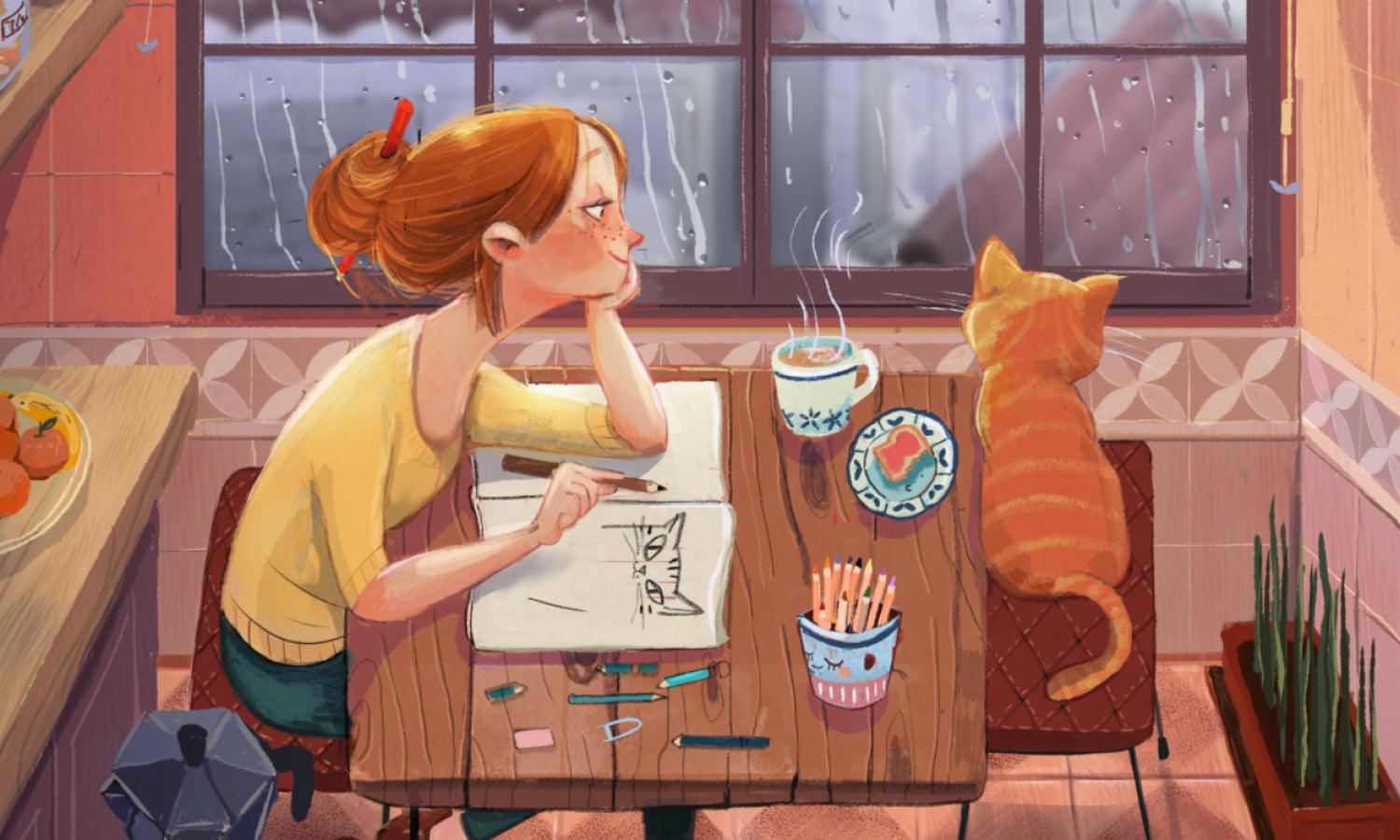
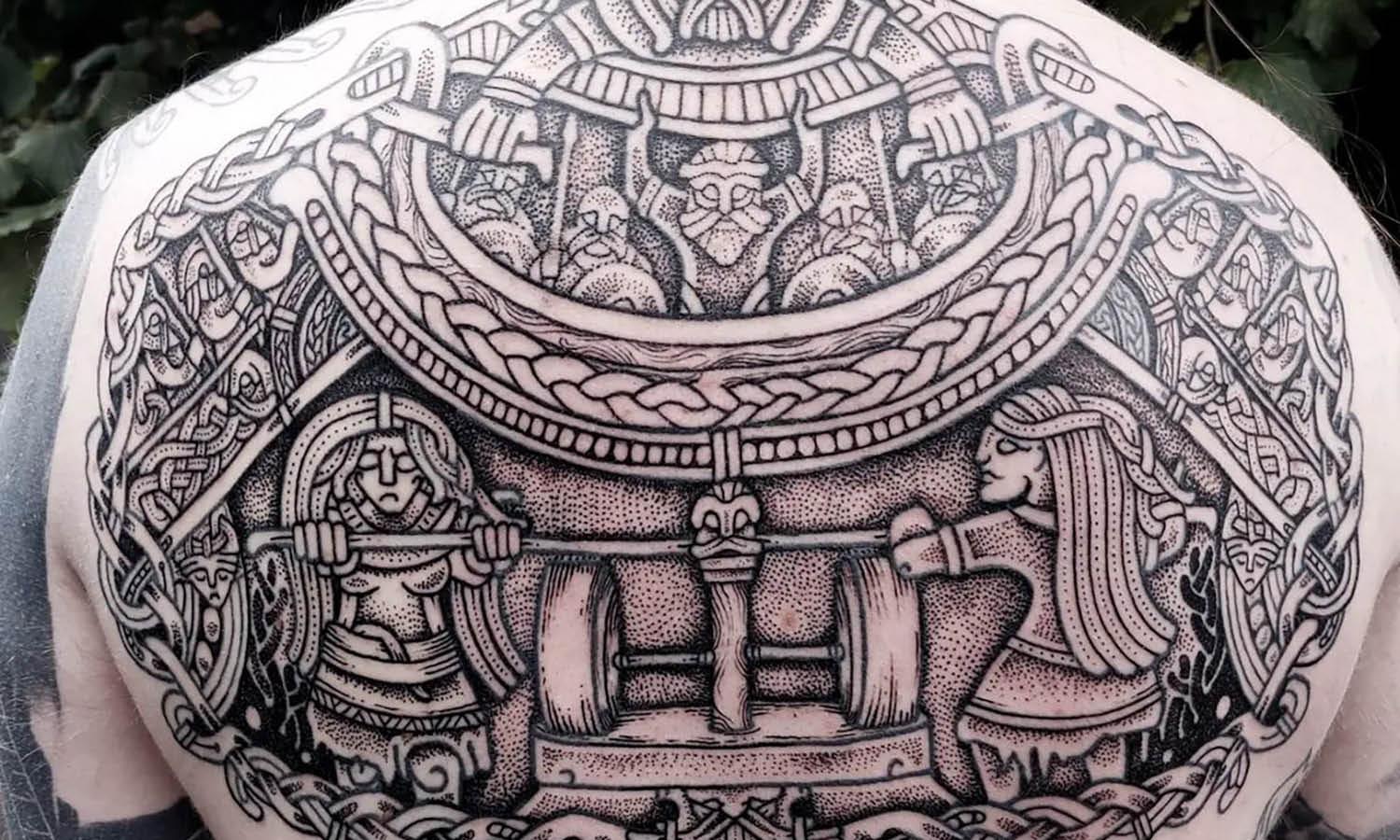
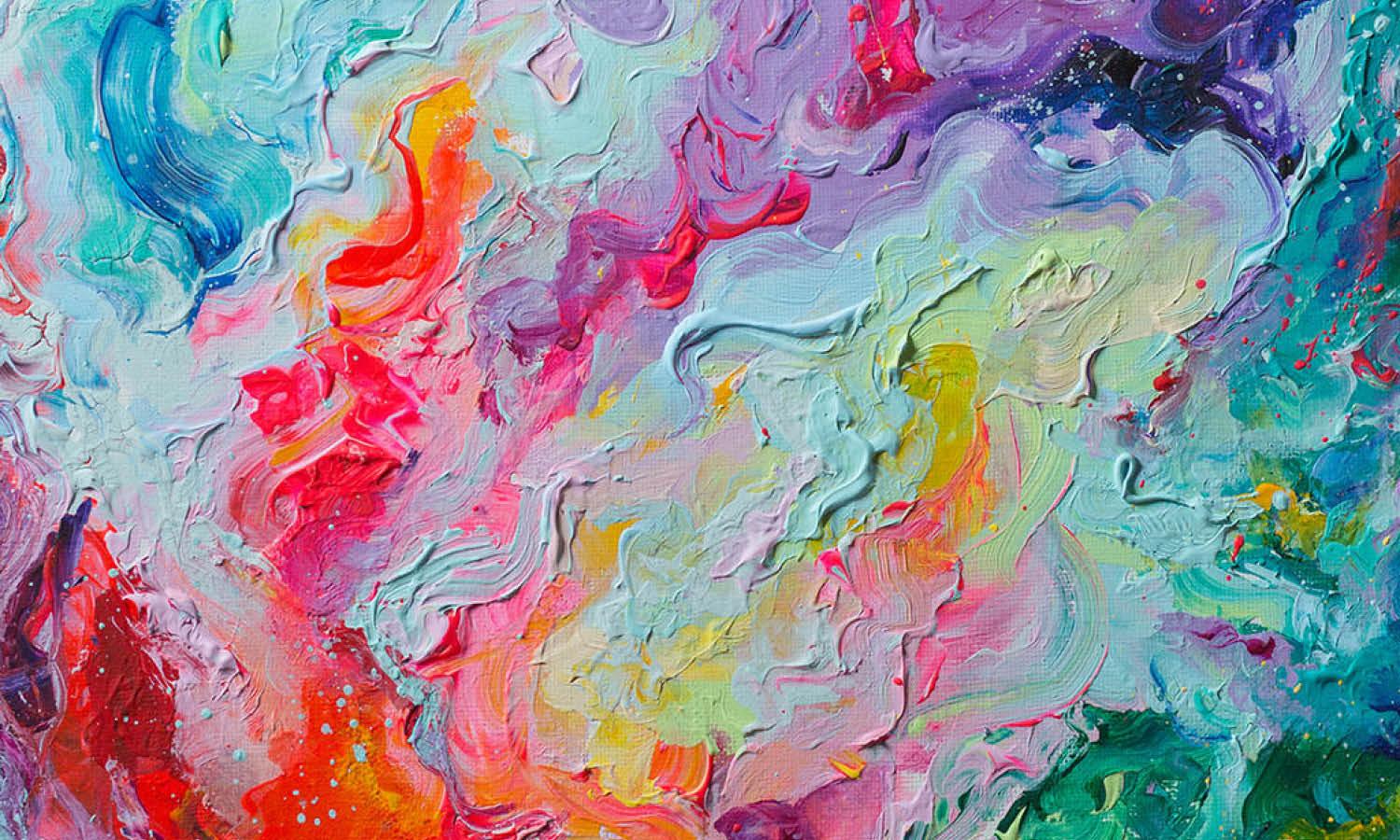



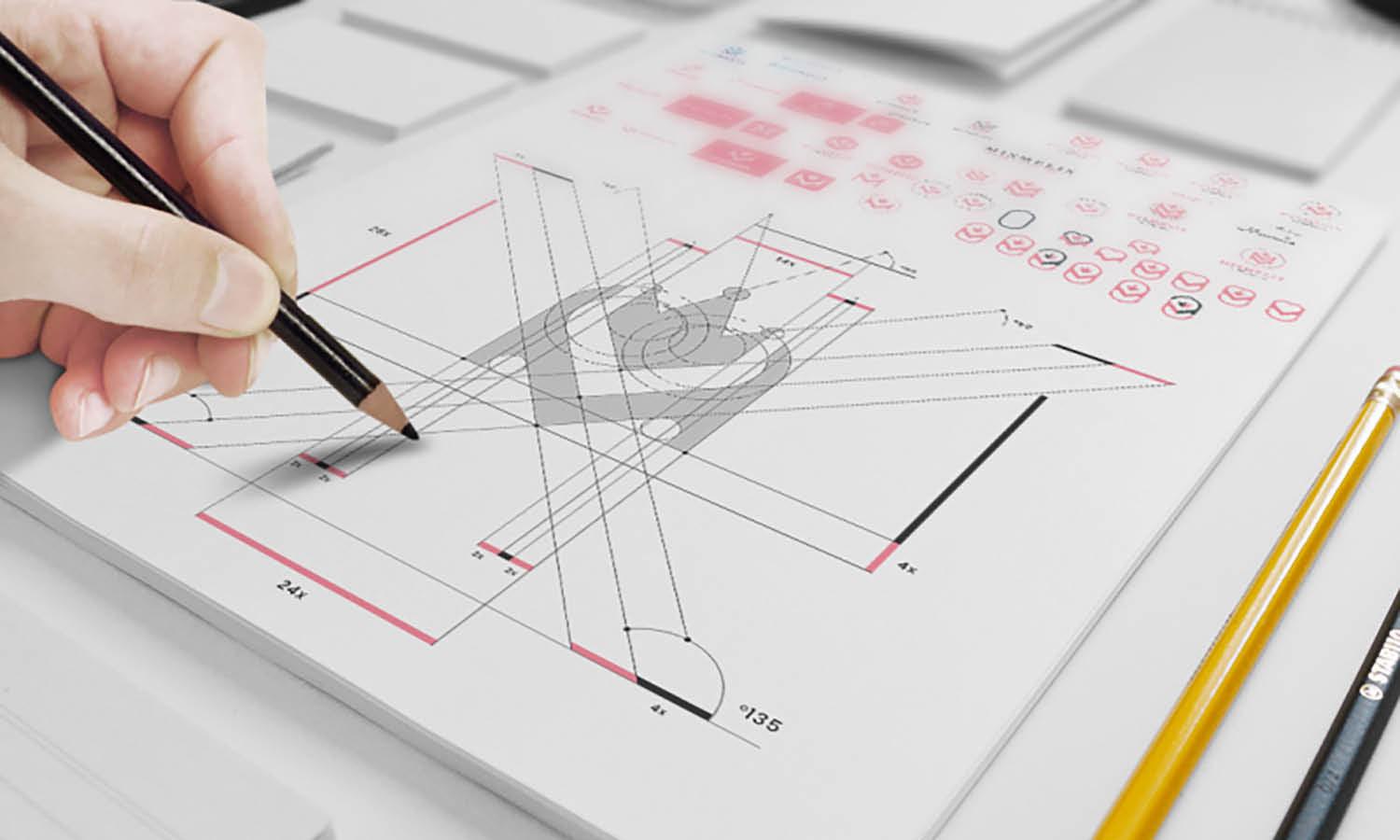
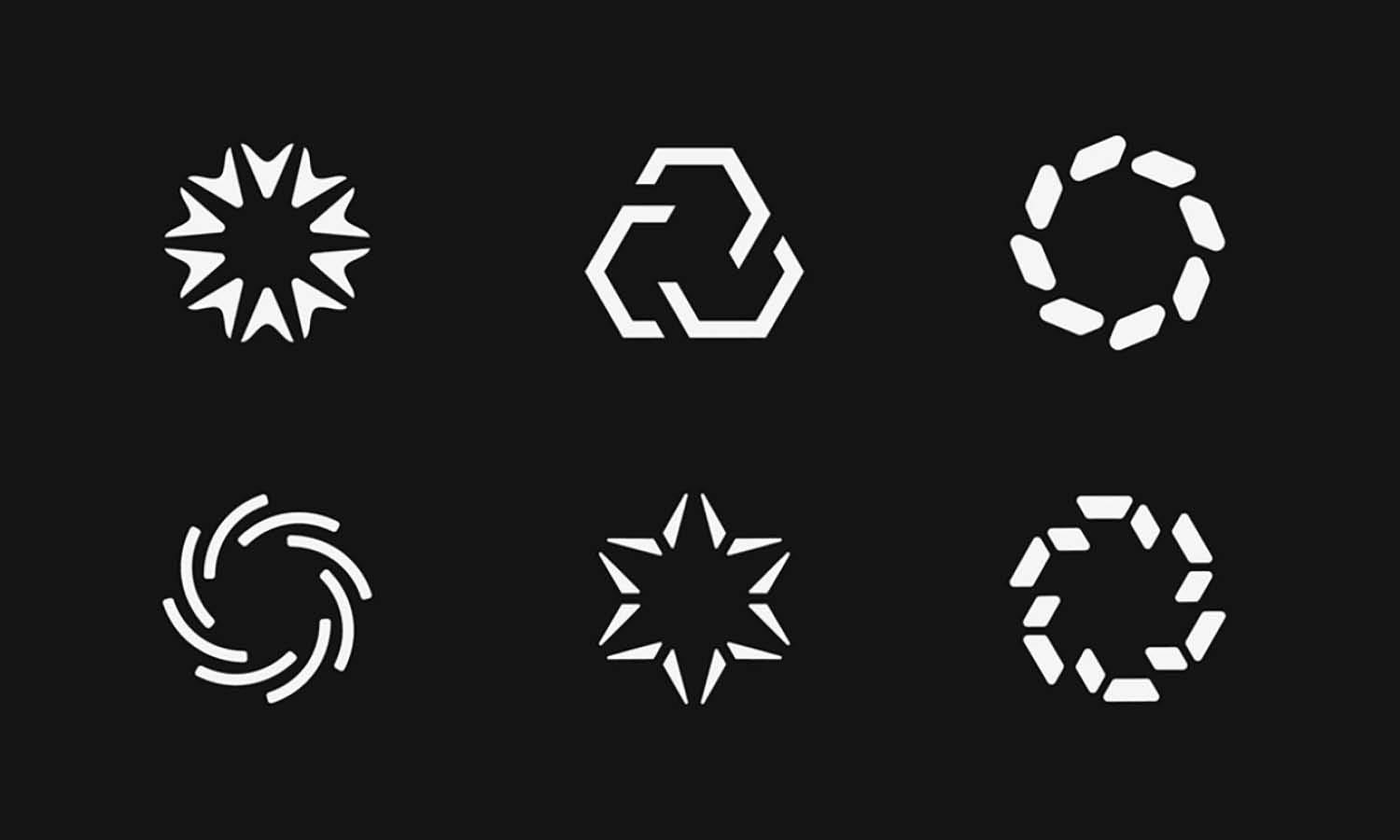






Leave a Comment